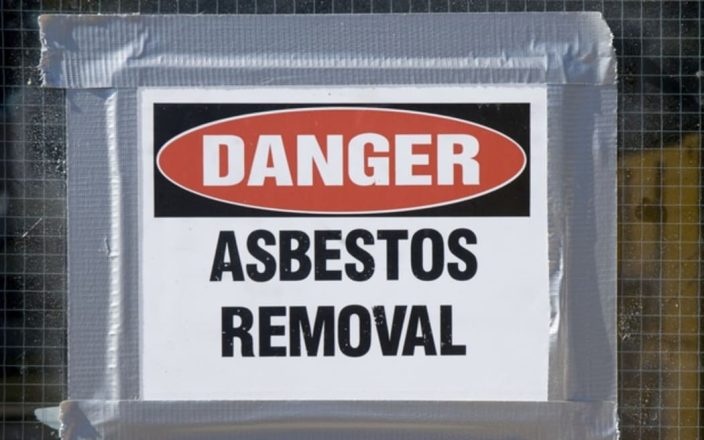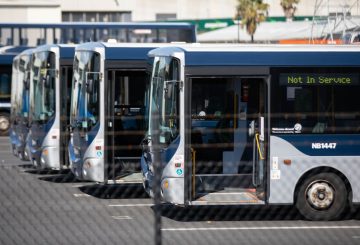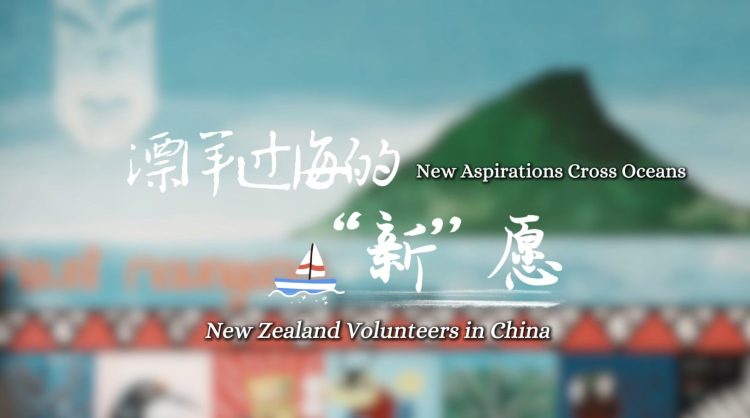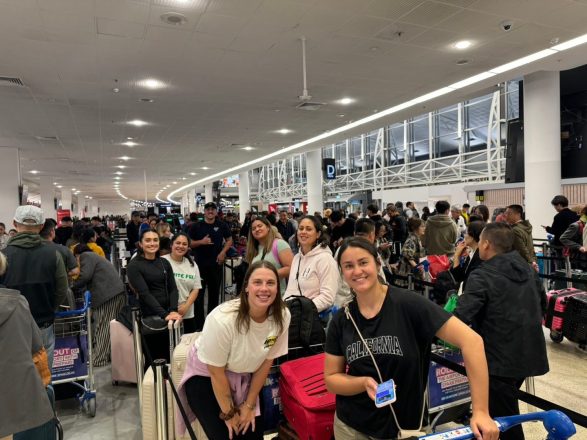New documents show ongoing asbestos problems in schools.
A school let children draw on damaged asbestos panels, exposing them to harmful dust. At another school, students pinned artwork onto a wallboard that contained asbestos, and later checks found asbestos debris underneath.
These “high risk” cases reveal “significant deficiencies” in how the Education Ministry manages asbestos. Reports suggest that the ministry must start a $60 million cleanup to avoid legal issues and protect children’s health. One 2023 report pointed out the serious health risks for students, staff, and visitors from asbestos regulations not being followed.
The reports included examples from unnamed schools. One case found painted asbestos panels in changing rooms, which were in poor condition. Children had been allowed to paint directly on these panels, increasing the chance of exposure to asbestos dust. The rooms have since been closed and repaired.
In another instance, asbestos surveyors misjudged the condition of a material, thinking it was safer than it actually was. Children and teachers could have faced daily asbestos exposure when fixing art to the board, which needed immediate isolation for safety.
Though these cases are from a 2021 audit, they were only released to RNZ now. The ministry used this audit to create a program in June 2023 that predicted around 90,000 classrooms needed checks, with about 20,000 likely having asbestos problems that required removal or sealing. Most of this work is still pending.
The ministry stated that school boards and principals are responsible for managing asbestos according to health and safety laws. However, a legal analysis highlighted that the ministry holds the main responsibility for ensuring compliance. It emphasized the need for the ministry to act quickly to fix these issues and improve asbestos identification and safety processes in schools.
The ministry has been slowly addressing the asbestos problem, revealed only after RNZ’s persistent inquiries. The analysis said it is critically urgent for the ministry to understand its legal obligations regarding health and safety.
The audit concluded that schools are not compliant with asbestos regulations, putting students and staff at risk. The ministry must provide more support. The National Asbestos Management Panel (NAMP) was created in 2021 as a response to findings that asbestos exposure is a major health risk.
In several cases, school staff did not follow legal requirements about asbestos removal. Some workers unknowingly entered classrooms with high levels of asbestos without proper safety gear, leading to delays and costly remediation.
Despite initial efforts, the ministry was criticized for poor management practices, including failing to properly assess asbestos risks. The ministry plans to set up quality control panels for better safety management by early next year. It has not confirmed if the $60 million budget is still in place.
While the ministry can advise schools on asbestos management, it emphasizes that health and safety comply mainly fall to school boards and staff. Further reports will detail what must be done regarding these issues.






























































